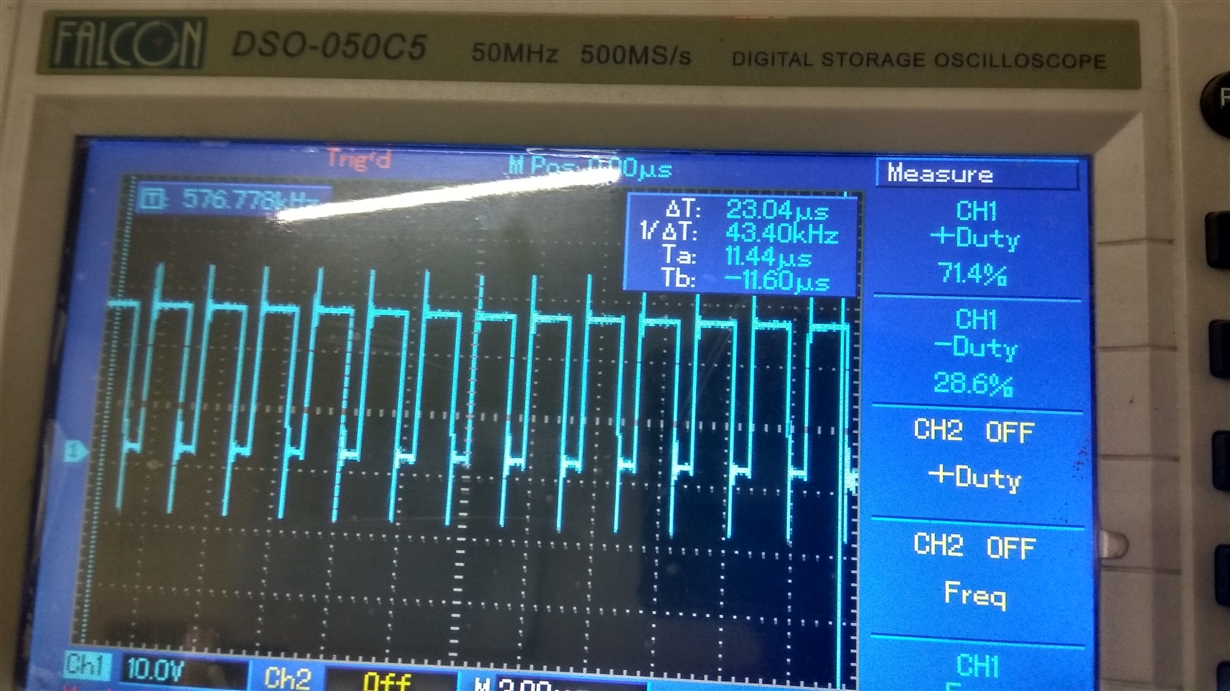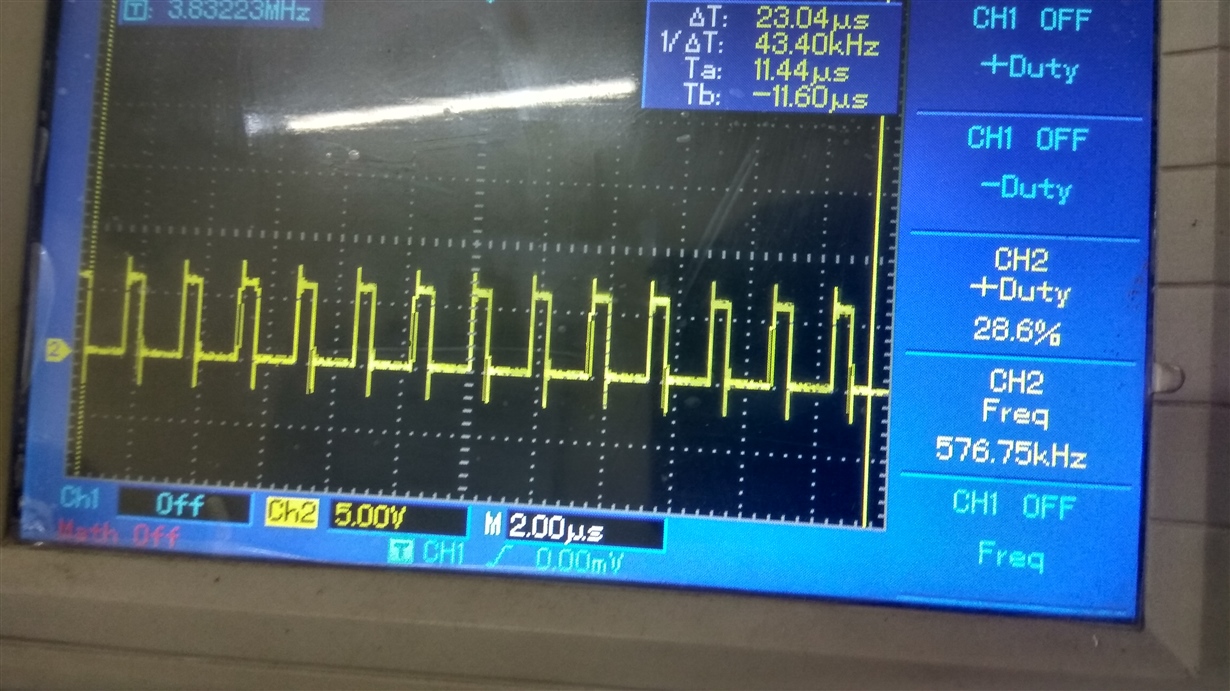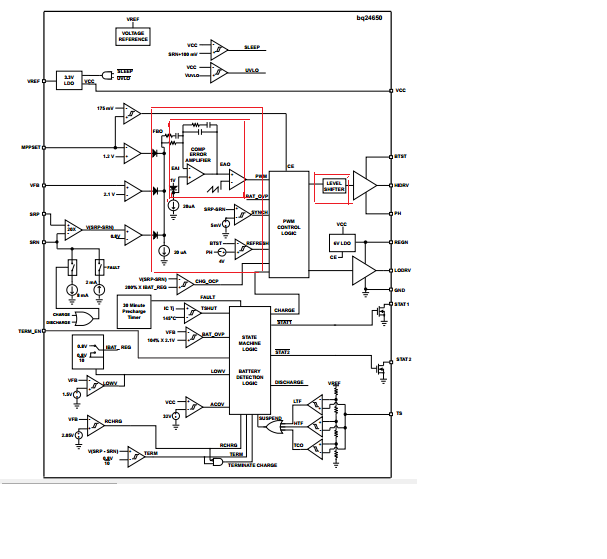Other Parts Discussed in Thread: CSD18504Q5A, BQ24610, TPS54060, UCC27201
Hello Support team,
I am using BQ24650 IC for MPPT design, I have designed for 10A charging current , rigged up circuit as shown in datasheet but li-ion battery connected to output is not charging.
Below are the design details:
1.Vin 12V
2.Vmpp 17V
3.Icharge 10A
I am getting 1.8V on Vfb pin and 2.4V on Vmppset pin.
Please help me out regarding the issue ASAP.
Regards-
Nagaswaroop






